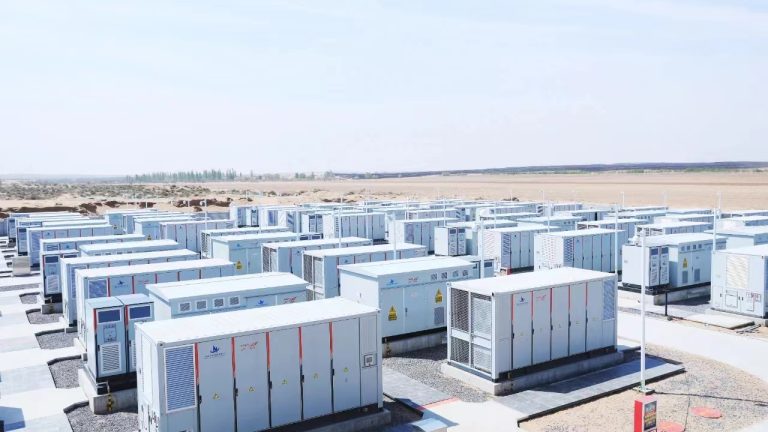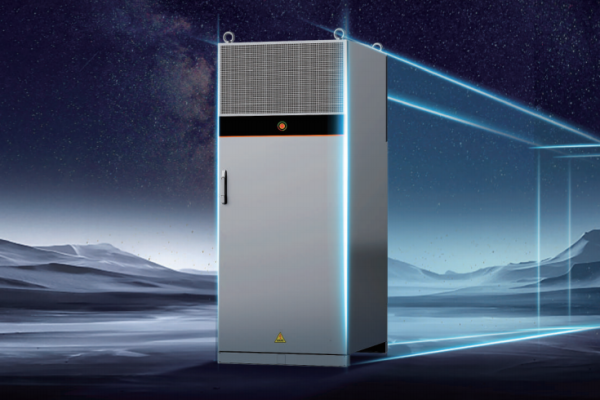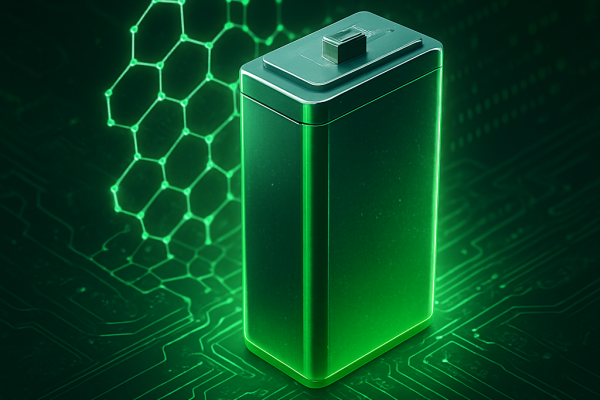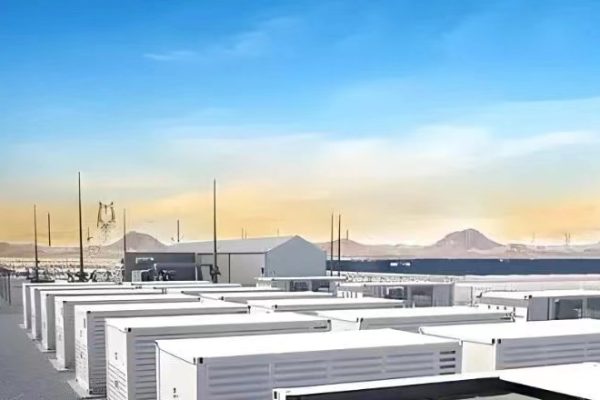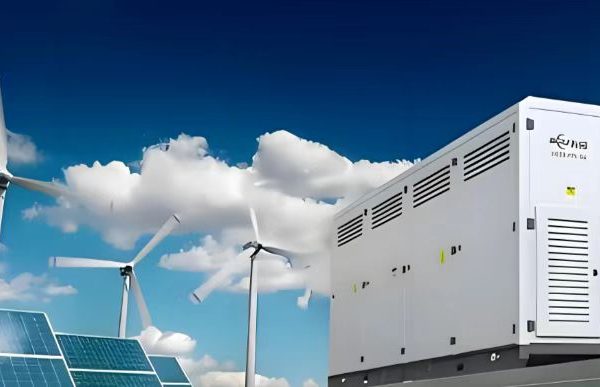Remote sites — from mining operations and telecommunication towers to island communities — depend heavily on reliable off-grid power. In these areas, unstable grids or a complete lack of grid access make microgrids an essential solution. Over the last decade, the combination of solar PV, battery storage, and intelligent control systems has evolved from experimental setups into field-proven, modular microgrid systems that deliver stable, cost-effective, and low-emission energy.
However, not all microgrid deployments succeed at first. Harsh environments, complex logistics, and inconsistent maintenance often test the system’s resilience. This article explores replicable design strategies, real-world case studies, and key lessons learned from successful remote site microgrid projects — with a focus on technical reliability, modularity, and operational sustainability.
1. The Case for Microgrids in Remote Locations
Remote operations face a common challenge: energy access vs. reliability. Traditional diesel generators offer instant availability but come with high fuel and maintenance costs. Microgrids address these issues by integrating renewable generation (PV, wind) with battery energy storage and smart load management.
Core Advantages:
- Fuel cost reduction: PV + battery systems can reduce diesel consumption by 40–70%.
- Improved uptime: Batteries ensure continuous operation during generator maintenance or cloudy periods.
- Lower logistics burden: Reduced fuel transport means fewer supply disruptions.
- Sustainability compliance: Meets ESG and decarbonization goals for industrial operators.
The key success factor is not simply the hardware, but how the system is designed, sized, and managed for specific local conditions — from arid deserts to humid coastal sites.
2. Case Study 1 – Hybrid Microgrid for a Remote Mining Camp (Central Africa)
System Overview:
- PV capacity: 300 kW
- Battery system: 500 kWh LiFePO₄
- Backup generator: 250 kVA diesel
- Load type: Housing, workshops, and drilling equipment
- Objective: Reduce diesel reliance and ensure 24/7 power
Challenges:
The mining site had limited access roads, fluctuating daily loads, and severe dust exposure that reduced PV efficiency. The site previously depended on two diesel generators operating alternately, leading to excessive fuel consumption and frequent maintenance interruptions.
Solution:
A modular containerized microgrid was installed. Each container integrated inverters, batteries, and a local controller, allowing rapid deployment and easy expansion. The system’s smart control algorithm prioritized solar generation while scheduling diesel runtime during low irradiance periods.
Results:
- Diesel use reduced by 63%.
- Payback period: ~3.5 years (through fuel savings).
- System availability: 99.4% uptime over 18 months.
- Maintenance reduced to quarterly site visits.
Lesson Learned:
Containerized modularity is key for remote operations — it simplifies logistics, enables fast commissioning, and allows phased system scaling as demand grows.
3. Case Study 2 – Island Microgrid for Tourism Facilities (Southeast Asia)
System Overview:
- PV capacity: 120 kW rooftop + 80 kW floating
- Battery system: 300 kWh
- Diesel backup: 100 kVA
- Load profile: Resort lighting, cooling, and water pumps
- Objective: Reduce emissions and noise pollution for eco-tourism branding
Challenges:
The resort faced limited installation space, high humidity, and corrosion from sea air. Energy demand peaked at night due to air conditioning and hospitality services.
Solution:
The integrator applied a distributed microgrid architecture using multiple smaller inverter-battery clusters positioned near load centers to minimize cable losses. Battery banks used corrosion-resistant enclosures and a natural air circulation cooling design to reduce HVAC dependency.
Results:
- Carbon emissions reduced by 70%.
- Silent nighttime operation: Diesel generators off between 8 PM – 6 AM.
- Improved guest satisfaction and reduced noise complaints.
- Energy autonomy: 85% of total consumption powered by PV + battery.
Lesson Learned:
In corrosive and space-limited environments, distributed microgrid design improves resilience and allows targeted maintenance without system-wide shutdown.
4. Case Study 3 – Microgrid for Remote Telecommunication Towers (South Asia)
System Overview:
- PV capacity: 5 kW per tower
- Battery system: 10 kWh LiFePO₄
- Load type: Base transceiver station (BTS) and signal repeaters
- Objective: Replace 24/7 diesel operation with renewable hybrid system
Challenges:
Telecom towers were located in mountainous terrain with limited road access and temperature swings between -10°C and +45°C. Fuel delivery was unreliable, and technicians could only visit quarterly.
Solution:
Each site adopted a standardized plug-and-play microgrid module — a preconfigured PV + battery system with integrated monitoring. The controller used predictive weather data to manage load priorities and generator start-up logic.
Results:
- Network uptime: 99.7% (up from 93%).
- Maintenance costs reduced by 45%.
- Remote monitoring detected two early battery imbalances, preventing downtime.
- Diesel consumption reduced by 55%.
Lesson Learned:
Standardization of design and remote monitoring capabilities are critical for scaling across multiple remote sites. Predictive control greatly enhances reliability when maintenance access is limited.
5. Technical Lessons Learned Across Deployments
From these and other projects, several consistent lessons have emerged about designing reliable microgrids for remote sites.
(1) Modular and Scalable Design
Microgrids designed as modular subsystems (PV, battery, and control per block) simplify logistics, installation, and future capacity expansion. Modular designs also reduce the impact of single-point failures.
(2) Intelligent Control and Prioritization
Energy management systems (EMS) that adapt to load variations, weather conditions, and fuel availability can optimize energy use automatically. Predictive control strategies prevent over-discharge, reduce generator runtime, and prolong battery life.
(3) Environmental Adaptation
Site-specific adaptation is critical:
- High humidity → corrosion-proof enclosures and cable glands.
- High temperature → passive ventilation and thermal isolation.
- Dusty or sandy areas → PV self-cleaning coatings or tilt optimization.
(4) Monitoring and Predictive Maintenance
Remote data visibility reduces the need for on-site technicians. Cloud-based dashboards can automatically flag anomalies in voltage, temperature, or SOC imbalance — minimizing unplanned downtime.
(5) Local Capacity Building
Training local technicians ensures quick troubleshooting and long-term sustainability. Many successful projects include local O&M training during commissioning.
6. Replicable Technical Approach
For EPCs and integrators planning new remote microgrids, a replicable design framework helps standardize quality and performance.
| Stage | Focus | Key Actions |
|---|---|---|
| 1. Site Assessment | Solar potential, load profiling | Measure irradiance, seasonal load, and backup requirements |
| 2. System Sizing | PV-battery-diesel ratio | Simulate performance under worst-case irradiance |
| 3. Modular Configuration | Standardized unit blocks | Define repeatable PV + battery modules for deployment |
| 4. Installation & Testing | Environmental validation | Verify insulation, grounding, and communication reliability |
| 5. Monitoring Setup | Cloud or hybrid | Integrate data gateway for remote diagnostics |
| 6. O&M Planning | Predictive maintenance | Schedule quarterly remote reviews, annual field visits |
Core Design Principle:
Design for reliability first, scalability second, and performance optimization last.
In remote locations, stable power is worth more than peak efficiency.
7. Business Value and ROI Insights
From a business standpoint, microgrids offer more than just clean energy — they provide operational resilience and cost predictability.
- Fuel Savings: Most hybrid microgrids achieve ROI within 3–5 years, primarily through diesel reduction.
- Reduced Downtime Costs: For telecom or industrial sites, even one hour of downtime can exceed the cost of preventive maintenance.
- Extended Asset Life: Proper monitoring extends inverter and battery lifespan by 20–30%.
- Brand and ESG Value: Demonstrated sustainability helps attract contracts and compliance credits.
8. Future Outlook
As costs of lithium batteries and digital controllers continue to decline, microgrid standardization will accelerate. Future systems will rely heavily on AI-based energy management, enabling dynamic scheduling, predictive fault detection, and grid interaction flexibility.
For remote operators, the next frontier lies in fully autonomous microgrids — systems capable of managing generation, storage, and load with minimal human input while maintaining full transparency through remote dashboards.
The success of remote microgrids lies not in their complexity, but in their practicality and adaptability. From mining camps to telecom towers, the most reliable systems share common traits: modular construction, intelligent control, environmental resilience, and data-driven monitoring.
By applying these lessons, EPCs and system integrators can deploy microgrids that not only keep the power on but also deliver measurable long-term value — transforming energy challenges in remote regions into sustainable, scalable opportunities.





